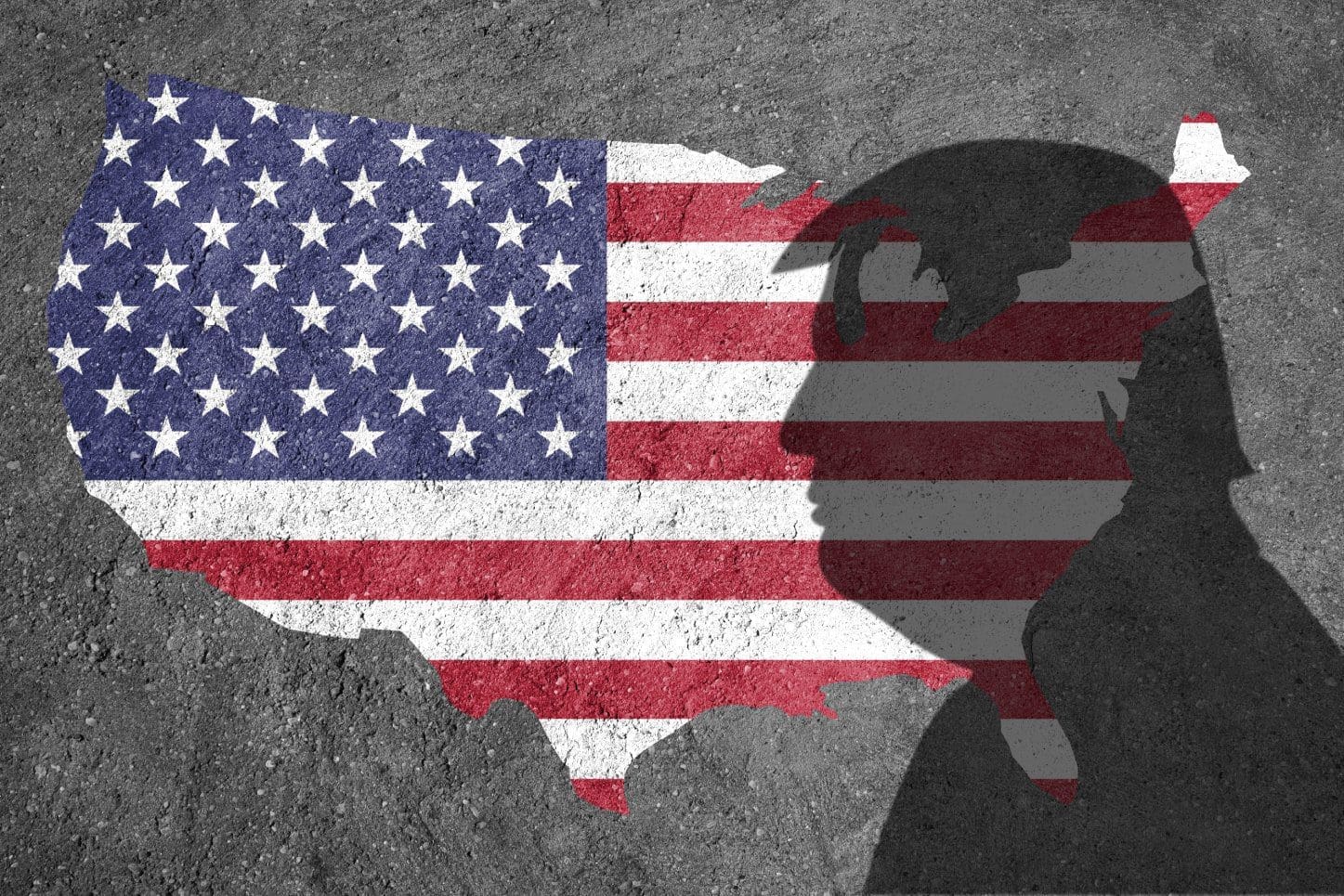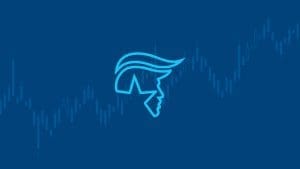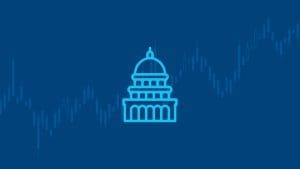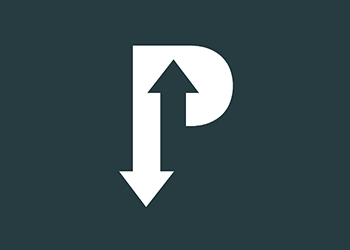Throughout October, Donald Trump’s presidential election prices moved strongly in his favor. Kalshi’s price on Trump’s electoral victory is eight points higher than Harris’. On PredictIt, where Kamala Harris led by seven points at the beginning of October, Trump leads by four. On Polymarket, Trump’s electoral victory price had overtaken Harris’ even before Fredi9999 continued to take an outsized position on Trump in the 2024 presidential election market.
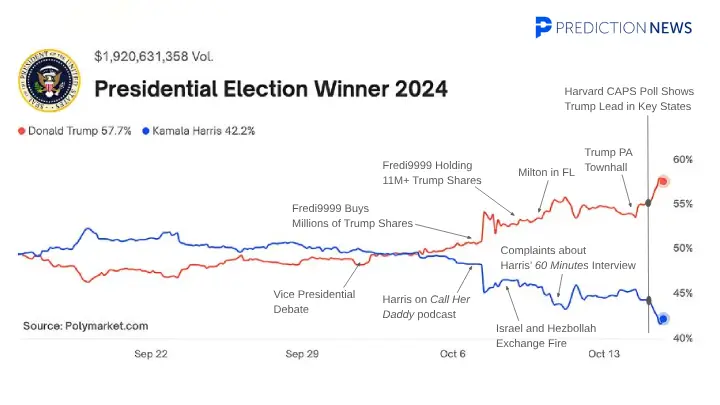
Prediction markets aren’t alone. An NBC poll showed Trump and Harris tied at 48% each, separated only by respondents who “didn’t want to vote for either”, were “not sure”, or favored another candidate. A New York Times/Siena found that Trump had a six-point lead in Arizona while Harris was four points ahead in Pennsylvania.
There are a few reasons that Trump’s prices moved so much in October:
- Harris’ candidate performance
- Contrasting media strategies of Trump and Harris campaigns
- Increased domestic and international instability
- Greater enthusiasm among Trump supporters
These forces aren’t mutually exclusive, and each contains an element of truth. But each of these reasons must be weighed in any analysis of October’s presidential prediction market price movements.
Harris’ performance
Compared to Joe Biden, Harris brought youth, vigor, and clarity to the Democratic ticket. Her strengths were best showcased during her Sept. 16 debate against Trump, in which she was widely viewed as the winner.
However, cracks began to show in her campaign performance after the debate. Her vice presidential running mate, Minnesota Gov. Tim Walz, delivered an underwhelming debate performance on Oct. 1. Her 60 Minutes interview failed to move markets in her favor, and her appearances on her national press tour came off as evasive. Revelations about how heavily edited the interview was further tanked her polls after her week of national media appearances.
A Harvard CAPS/Harris poll released on Oct. 14 found that Trump was ahead by two points among battleground state voters. However, Harris has an eight-point lead over Trump among early voters in that same poll.
JUST IN: Donald Trump *LEADS* among early voters in battleground states.
— Kyle Becker (@kylenabecker) October 15, 2024
New Harvard CAPS/ Harris poll shows former President Trump holds a slight advantage over Vice President Harris among early voters in key battleground states.
Overall, Trump leads Harris by 2 percentage… pic.twitter.com/vTZ7ljDKFJ
Contrasting media strategies
One of the most common criticisms against Harris has been how few interviews she has done with mainstream media sources. Her national media blitz during the week of Oct. 7 included both legacy media and popular podcasts. However, she was also more focused on national media than battleground state events in September.
During September, Trump held 21 public events to Harris’ 13. He’s been focused on holding rallies in states that he needs to win the election.
Connecting with swing voters at the local level instead of the national level seems to be paying off. Trump pulled ahead in Arizona, an important lead that makes Harris’ fight that much more difficult. Although, if Harris sweeps Michigan, Wisconsin, and Pennsylvania, she has a high chance of winning.
Instability
Incumbent parties suffer when voters feel that their leaders are failing to alleviate their pain. After the Great Depression, Americans threw their conservative government out of office and replaced the presidency and Congress with liberals. Alberta did the opposite. It threw its liberals out and replaced them with conservatives.
At the end of September, many voters began experiencing hardships that could lead them to punish the incumbent party. Hurricane Helene and Hurricane Milton devastated the Southeastern United States. The back-to-back hurricanes have put FEMA and the Biden administration’s response under intense scrutiny.
Oct. 7 also marked the anniversary of Hamas militants killing, raping, and kidnapping civilians in Southern Israel. It was the impetus of Israel’s war in Gaza. Protests and unrest at home and a second front in Israel’s war opening in Lebanon add to the instability that voters could punish Harris for.
Even though she’s the vice president and Biden is calling the shots, perceived shortcomings in Biden’s response reflect poorly on Harris.
Trump supporters’ enthusiasm
When Trump ran for president in 2016, he proclaimed, “I alone can fix it,” referring to a ‘system’ he claimed to understand from being part of. His message was part of a larger attack against “elites” in government, Washington, and the media who were failing ordinary Americans.
His anti-establishment message found a wide audience. A 2024 Partnership for Public Service survey found that 39% of Democrats say they “trust the federal government.” Only 10% of Republicans said the same. Even Robert Kennedy, Jr. built his campaign around hostility to elite institutions and “experts,” leading to his endorsement of Trump.
Prediction markets have been touted as an alternative to traditional polls. They’ve found an audience of anti-establishment figures, including Elon Musk. Trump’s most ardent supporters have even used foreign sportsbooks to express their beliefs in Trump’s electoral chances. In 2020, offshore sportsbooks continued to take money on Trump even after the election had been called for Biden.
Since Trump is explicitly appealing to his voters’ distrust in institutions, including traditional polls, money from his fans supporting him could be overrepresented in prediction markets. One Trump trader, Fredi9999, single-handedly spiked Trump’s ‘Yes’ price on Oct. 7. As of Oct. 14, the user had almost 2.5 times as many ‘Yes’ contracts as the second-highest ‘Yes’ holder.

